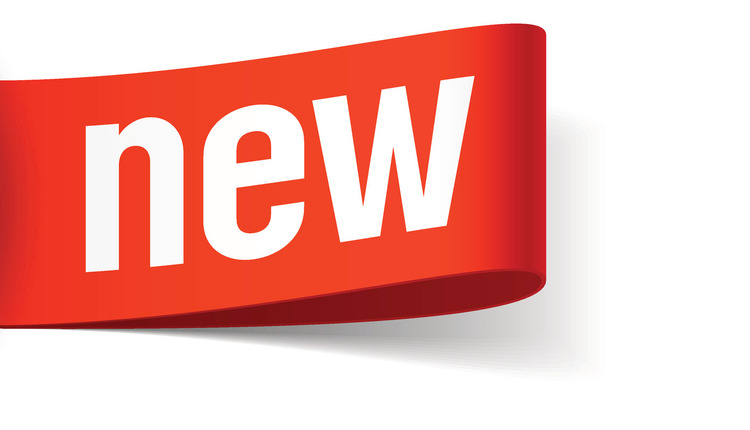This article originally appeared in our July/August issue
The shipping game is a deceptively tech-driven one. It’s easy for the word “shipping” to bring to mind images of packages, boxes, delivery trucks; they are pretty well-ingrained stereotypes. But the truth is that in 2017, managing a cost-efficient and productive shipping and receiving operation at any business requires a certain degree of technology-rich software that keeps everything from carrier management to delivery tracking as streamlined as possible.
Whether it’s time for a modest update or a complete overhaul for how your organization processes incoming and outgoing shipments, here are five considerations to keep in mind that will guide you to the best possible shipping and receiving software solutions.
1. It seamlessly integrates with existing systems
You’ve already invested a significant amount of time, money, and labor into your current back office systems. While you may be looking to streamline how these systems work together or plug some holes in their capabilities with a new solution, you also don’t want to overthink the problem and come away with the wrong ideas about what’s working and what isn’t. Find a solution that integrates with what you already have rather than something that overly disrupts your current ecosystem and causes further headaches.
2. It evolves with your business
As Samantha Drake highlights in her Entrepreneur column, businesses typically just specialize in the product they’re selling, not the shipping process that gets that product to the customer. Shipping can all too easily become an afterthought for business owners; once they’ve installed their first office shipping and receiving software, they may settle with that as the only solution they’ll ever need. Consequently, they may not consider how, as their business grows, that software solution might not able to keep up with the needs of a growing company.
And, as their company grows both financially and physically (e.g. expanding from a single-location shop to a sprawling enterprise with several locations), shipping and receiving processes that may fall far short of your new requirements, and weren’t being given the attention they needed before, can now develop into real logistical problems.
For instance, what if that software doesn’t allow for a single portal to be used across multiple locations, forcing you to install different sets of software at each individual mail center, each utilizing their own separate portal for cataloging and tracking shipments? That’s an enormous waste of time and money, and when you consider that shipping costs have risen 60% in the past decade, your shipping and receiving software should be working to save you money, not lose it.
More than that, though, is that software that can’t keep up with the demands of your business can also needlessly complicate what should be simple procedures. When things get that convoluted, it opens up several potential problems, including packages that are improperly processed (or not processed at all), conflicting tracking procedures, and total confusion when your customer needs clarity. Your software should be futureproofed for any growth your business undergoes so that it’s always a support, not a hindrance, to that growth. Selecting shipping and receiving software that is able to scale with your business is key to taking back control of how you manage both outbound and inbound packages.
3. It offers unparalleled data security
Distributed denial of service (DDoS) attacks are becoming an increasingly prominent tool for hackers to disrupt users and businesses online. In these cases, the preparators deploy an array of servers and endpoints to flood your network with an overwhelming amount of communications, disrupting your connection to the internet and effectively taking you offline for a short time.
These, among other cyberattacks and data breaches, have businesses and customers alike on edge about data security – and deservedly so. Becoming the victim of a cyberattack can impede your ability to collect or utilize sensitive information, from customer addresses to package tracking data, not to mention your own reputation. Your shipping and receiving software should consistently offer you peace of mind on this front.
4. It ensures compliance
Whether shipping domestically or internationally, or receiving valuable goods or hazardous materials, staying up to date on today’s rules and regulations can be a full-time job. Make sure to align with a provider that can ensure your software is always complying with the necessary rules and regulations so that your shipping and receiving processes are consistently up to speed and you’re never in danger of running into any penalties.
5. You’ve evaluated the provider
Shipping and receiving software is only as good as the provider behind it. Ask yourself, what is that provider’s track record? Do they have a reputation for stable and efficient software suites, with reliable customer service (or, for that matter, any reputation at all)? How flexible are their software solutions? Do they provide on-premise and SaaS options (or both)? What have others said of their software services – are they reliable, consistent, and helpful?
These are all fundamental questions you should keep top of mind. The wrong software provider can end up derailing your tech upgrade before it even begins. The right provider, though, will guide you appropriately and provide your organization with the technology you need.
Aaron Videtto is Director, Pitney Bowes Office Shipping Solutions. He has a proven track record of designing, building, and delivering user-friendly, enterprise-class products for mobile and SaaS applications, based on user-centered design, market research, and stakeholder analysis.









